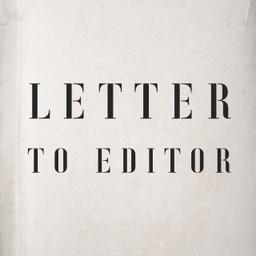I make a living teaching math to middle-schoolers, most often against their will. The job is rewarding and purposeful, sure, but my next favorite part is the praise and attention I receive upon telling others about my apparently very noble calling. “Wow, God bless you guys. I could never do that. Math? Good for you. Here’s your medal. And some cash.” If only.
Next, I’m often asked about common core and new-age math. I’m told math used to be easier in the good old days, that these fancy new diagrams are no way to learn basic calculations. Some days, I think they’re right, but my experience as an educator has taught me otherwise.



